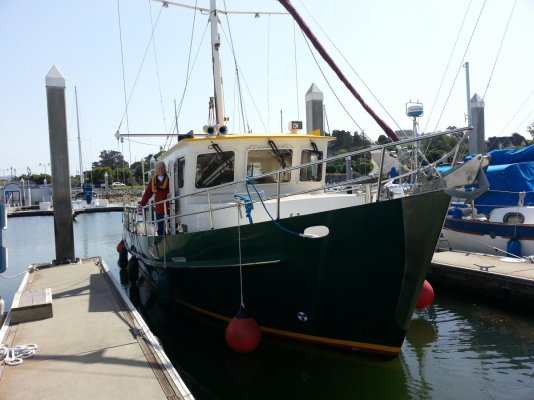Hello,
I was just wondering if my idea of backing is close..
With boat pretty much stopped, turn the rudder to port about 3/4, set motor into reverse idle, bump stern thruster to port, bump bow thruster to starboard and then bump throttle a little to try to get some water flowing over the rudder.
Being a slow wet Saturday morning I have read through the thread post by post. Obviously there are various ways in achieving the same outcome, that is getting the boat tied up while leaving your neighbour's boat still floating & in one piece.
FWIW, I think the OP's approach has too many things going on at the same time. The problem may come when the boat gets a little off line and deciding which 'tool' to use to rectify the situation may make matters worse given you have at best one to two seconds to make the decision.In this situation it is easy to compound the mistake.
I am awarding post 24 as the best KISS approach and post 26 (as usual) the most amusing.
It is still raining!

